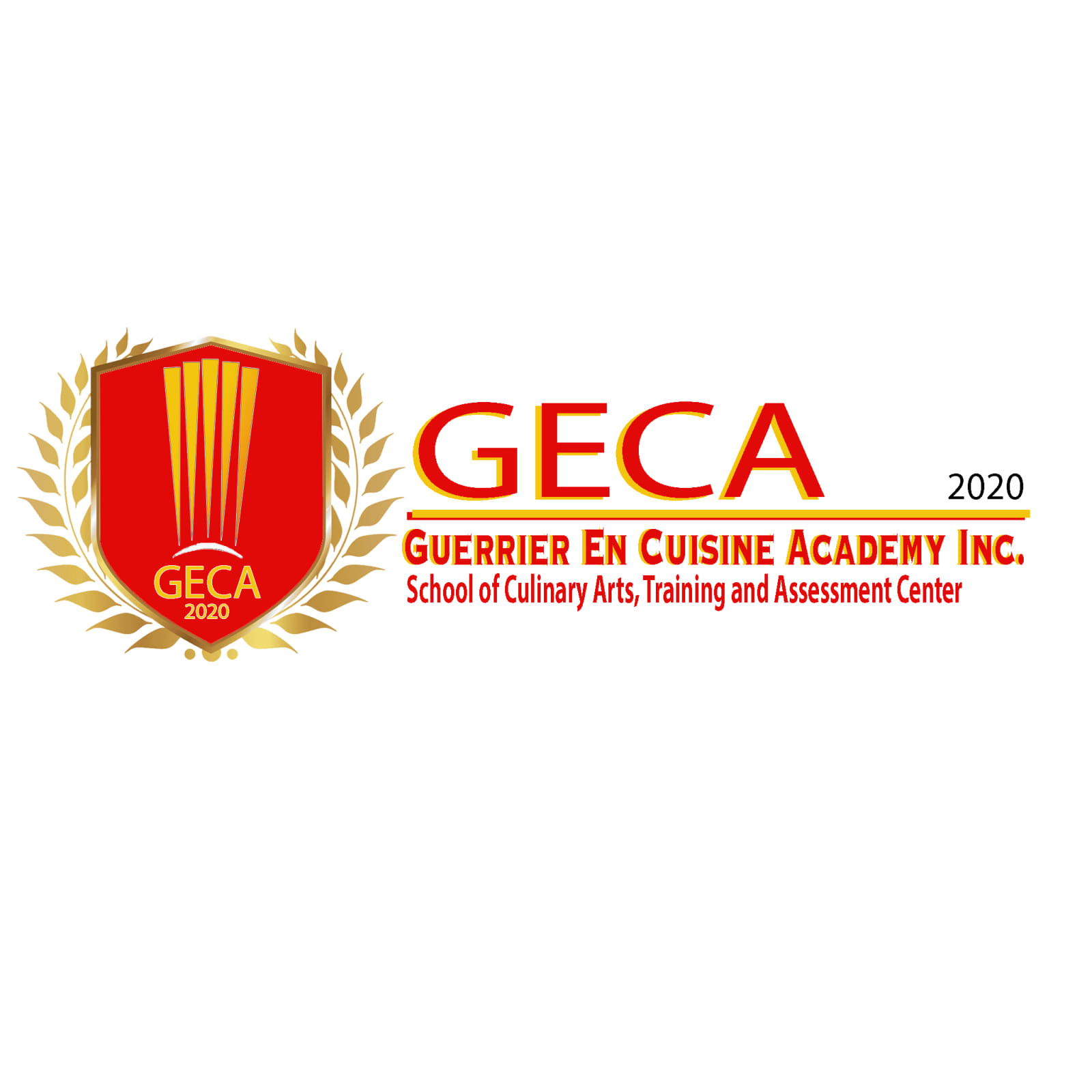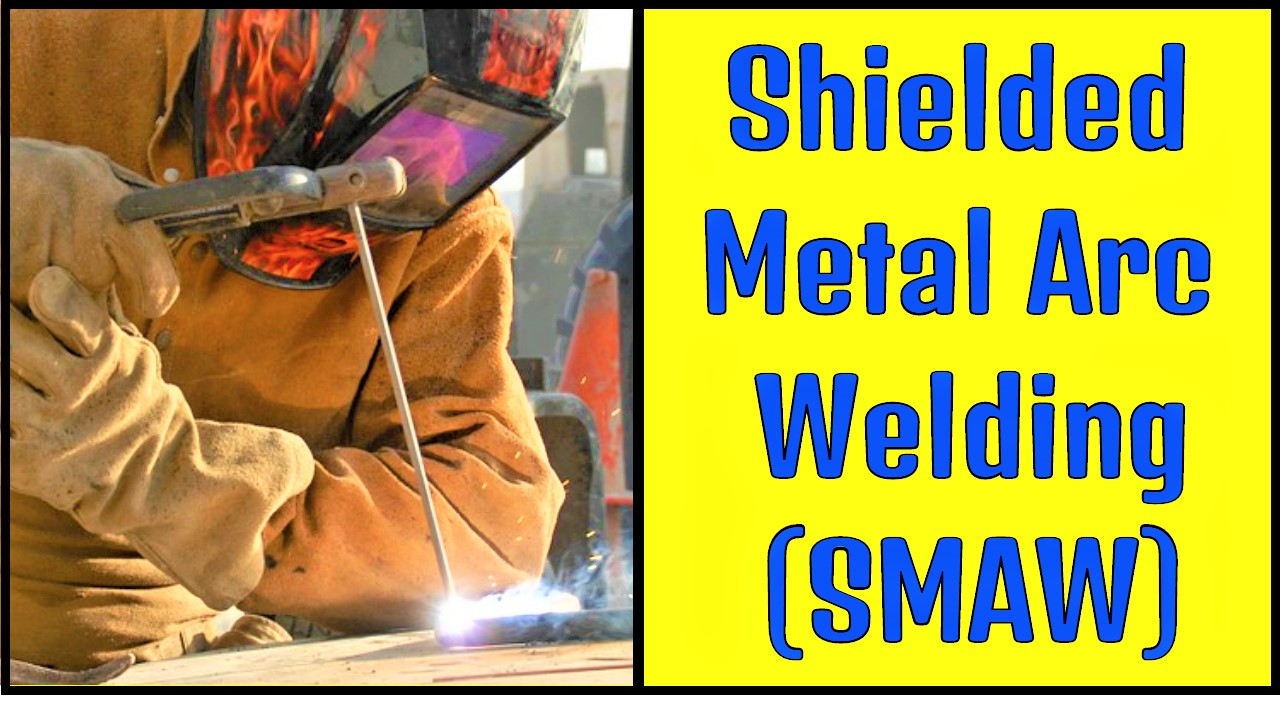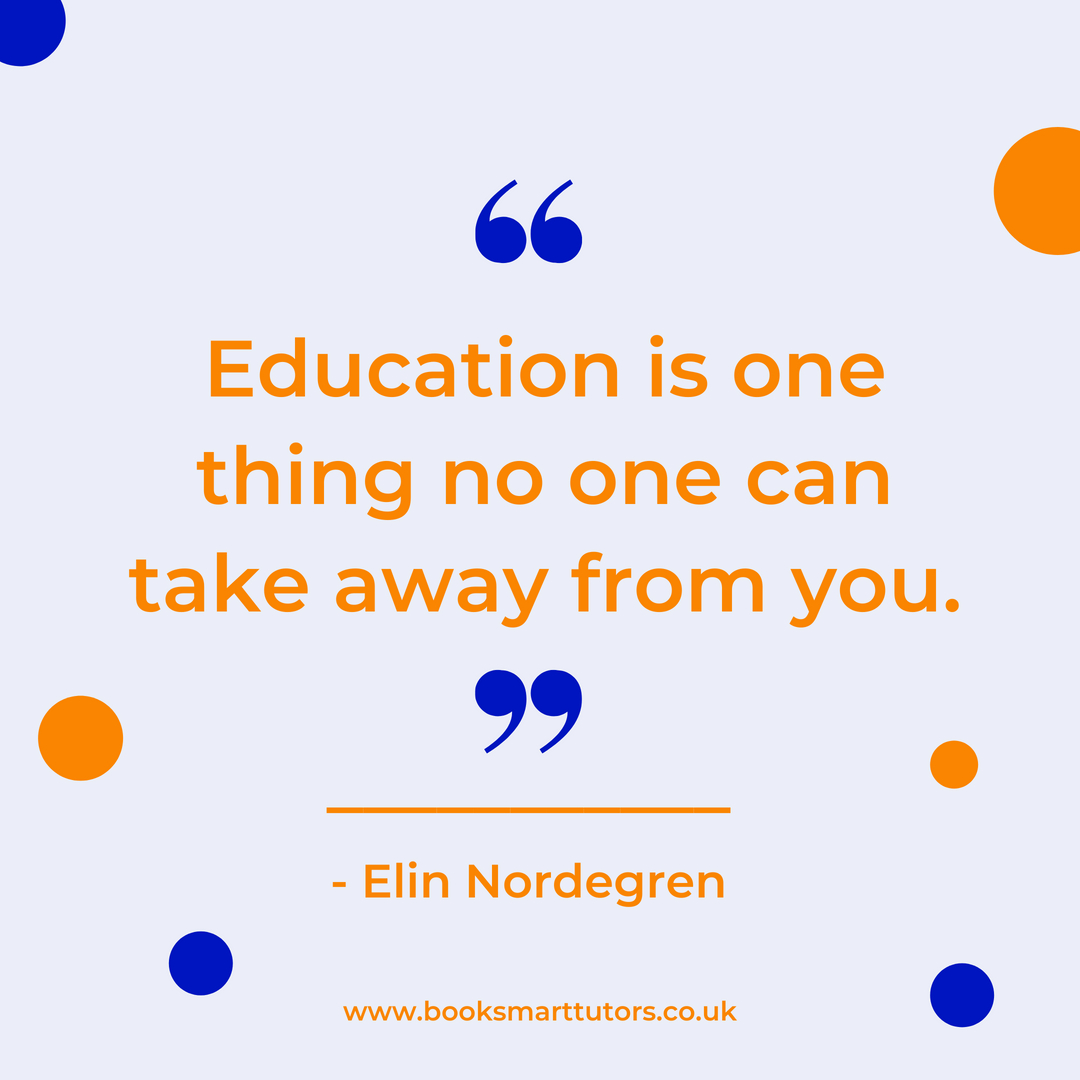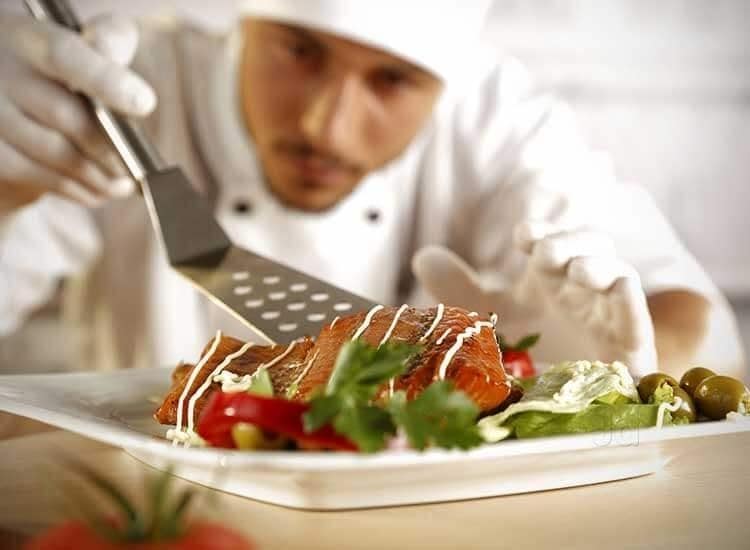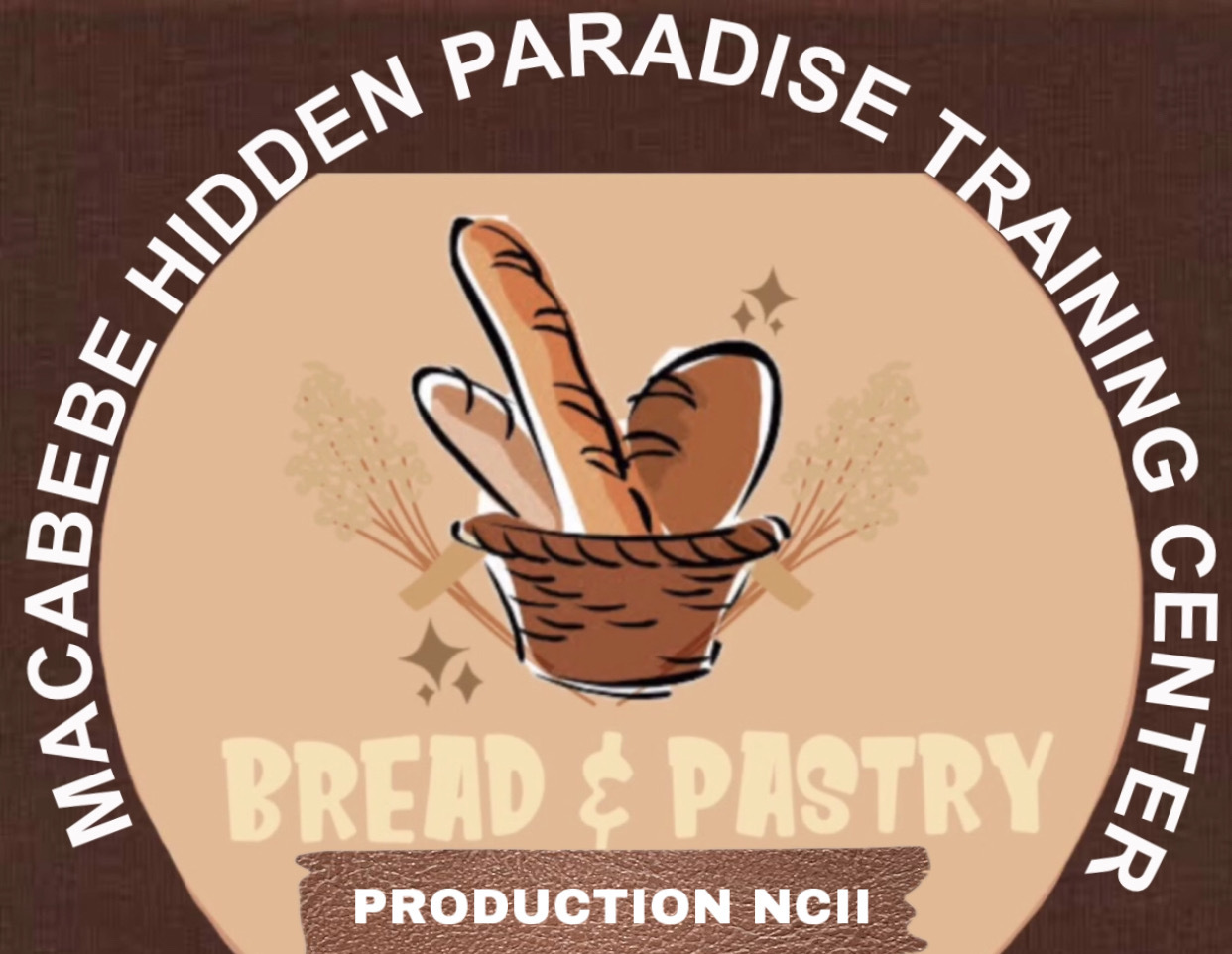Cookery is defined as a “chemical process”, the mixing of ingredients; the application and withdrawal of heat; decision making, technical knowledge, and manipulative skills. In the more advanced stages, a further element occurs- that of creativity. Cookery is considered to be both an art and technology. Food preparation is a modern term in professional cookery. It denotes preparation and cooking. It follows a flow pattern which commences with the purchasing and selection materials, their handling, processing and the ultimate presentation of dishes to customers, where “food service” takes over. In French, the word cuisine denotes –the art of cooking-preparing dishes and the place kitchen in which they are prepared.
Today’s “food-savvy” customers are a widely traveled group. They have increased exposure to other countries food and restaurants and this has spurred them to have an interest in having these cuisines available at home. The result is growth in food outlets specializing in previously ‘unknown’ foods’. The publics’ growing interest in grain, legumes, fish, vegetables, and fruits, along with a desire to reduce overconsumption of animal fat, protein and sodium have helped popularize nutritional cooking. Furthermore, they have spurred fundamental changes in the preparation and presentation of traditional foods. An evening out for dinner to a restaurant has become a form of entertainment – a restaurant is a destination where one can savor a quality experience. To provide this experience a number of things go hand in hand. At the front of the house, it’s the manager and his team who provide impeccable service in a beautiful and apt restaurant setup, but the most important figure is the chef who with his brigade of staff churns out exquisite food to satisfy every palate.
Although cooking may have once been considered a less desirable job, today chefs are a new breed- respected, even admired, for their skill, craftsmanship and even artistry. Some chefs have received so much press coverage that their names are household words. The elevation of the status of the chef helps attract bright and talented people to the industry.
